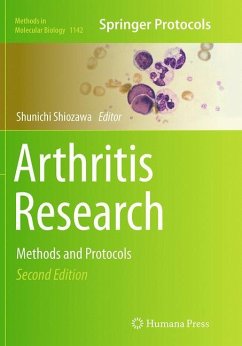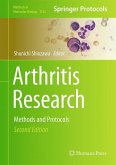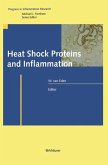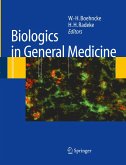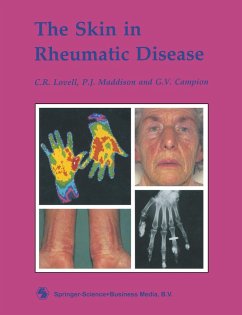Arthritis Research: Methods and Protocols, Second Edition expands upon the first edition to present new and current techniques for the research of arthritis and related conditions. A compendium of leaders in the field contribute chapters that cover practical research methods such as the intravital multiphoton microscopy technique, techniques for evaluating exhausted CD8 T cell and for studying nucleic acid sensors and their effects, methods for in vivo tetracycline-controlled transgenic mice and T cell receptor transgenic mice, protocols to detect V(D)J recombination products and microRNA, and the technique to make bleomycin-induced dermal fibrosis. Written in the successful Methods in Molecular Biology series format, chapters include introductions to their respective topics, lists of the necessary materials and reagents, step-by-step, readily reproducible protocols, and notes on troubleshooting and avoiding known pitfalls.
Authoritative and easily accessible,Arthritis Research: Methods and Protocols, Second Edition will serve both professionals and novices with state-of-the-art techniques pertaining to this fascinating research field.
Authoritative and easily accessible,Arthritis Research: Methods and Protocols, Second Edition will serve both professionals and novices with state-of-the-art techniques pertaining to this fascinating research field.
From the book reviews:
"This book offers insights and protocols regarding 16 assays used by scientists studying the workings of the immune system, particularly with respect to autoimmunity. ... It is intended for scientists who are interested in reviewing the theory behind a technique and/or tips for conducting it. Clinicians trying to gain a better understanding of scientific techniques as they are appraising the primary literature in their field also could presumably use it." (Tiphanie Vogel, Doody's Book Reviews, September, 2014)
"This book offers insights and protocols regarding 16 assays used by scientists studying the workings of the immune system, particularly with respect to autoimmunity. ... It is intended for scientists who are interested in reviewing the theory behind a technique and/or tips for conducting it. Clinicians trying to gain a better understanding of scientific techniques as they are appraising the primary literature in their field also could presumably use it." (Tiphanie Vogel, Doody's Book Reviews, September, 2014)

